- Empty cart.
- Continue Shopping
Marwa Plant | Murraya paniculata
₨300.00
What is the best way to care for the plant called murraya (murraya paniculata)
Murraya paniculata is also referred to as orange jasmine or jessamine, is a delightful evergreen plant with shiny dark green leaves, which are often used as a hedge plant. With its twisted branches and robust growth habit it can reach as high as 7 meters however, it is possible to keep the plant cut up to 1.5 meters tall and 1.5 metres in width to create a landscape. The attractiveness of the murraya originates from the cream-colored blooms that release the scent of orange blossoms.
An indigenous plant to warmer climates, such as Australia, South and Southeast Asia The murraya flower blossoms at various times throughout the year, but they are most abundant throughout the spring and summer season. The small, red fruits are a magnet for pollinators, such as bees, butterflies and birds which can be beneficial to the garden.
The murraya can be found in a myriad of ethnobotanical applications in Asia. It is a herb that has medicinal properties numerous Asian nations use the plant for treating the symptoms of irritation to the skin, stomachache dysentery, and diarrhea. The plant is used in Singapore, Murraya Paniculata is designated as a national heritage tree. It is a sought-after hedging species in Australia the hardy and drought-tolerant plant is employed as a garden divider as well as decorative topiary and inhaling a delightful citrus scent. The other uses for it are to relieve toothaches Aromatherapy, cosmetics and toothache relief.
Murraya maintenance is very effortless to keep. It’s neither poisonous or invasive plant. Simply follow these straightforward guidelines and suggestions to bring the healthiest plants for your Murraya.
Pruning, varieties, and planting of Murraya paniculata
The murraya is able to be cultivated in the ground as a hedge or potted in the dwarf varieties. The dwarf varieties are suitable to be used for low hedges as well as ornamental borders for the garden. Also, it is called a blossoming bonsai because of its dimensions. It is able to grow up to 60 cm and has fewer leaves as compared to the Min-a-Min. A different dwarf species, such as the Min-a-Min or the dwarf Mock Orange, grows only one metres.
Although the murraya requires three or four years to reach its full size It grows more quickly in the ground than inside the pot. One meter space between plants is needed to create an hedge. If you are using a pot that is suitable, you can make use of a pot that is 300mm for planting your murraya, so that you won’t have to pot the plants every couple of months. Make holes in the bottom of the pot to ensure that the soil is adequately drained.
Pruning and trimming regularly the plants, approximately once a year, allows the plant to grow greater blooms. Additionally, it lets more air and light to enter its thick foliage which makes it healthier.
Fertilizer, water and soil
As a plant that is hardy the murraya requires regular watering during the summer months. In the event of overwatering, it could make the leaves yellow, or cause the roots to rot as a result excessive moisture present within the soil. Take a look at the top 1 to 2 inches of soil for signs that you notice it’s dry, then water the plant in a deep way. It’s also beneficial because it is nitrogen-rich, macronutrients plants require. It is important to ensure that the water is properly drained from the soil so that root rot is not a problem.
A different tip for maintaining your murraya plants is to mix a blend of coco peat and organic compost in your standard gardening soil. It helps to keep the moist roots and leaves of your plant. As the murraya season gets underway it is possible to mix bone meal powder with fertilizer made from coarsely crushed animal bones, which is abundant in phosphorus for healthful buds and fresh leaves to flourish. As it’s heavily blooming it requires nourishment to take in the nutrients. Apply organic fertilizers each three months. Dig 2 inches into the topsoil before mixing it with the rest and adding the second layer prior to watering it.
Temperature and light of Murraya paniculata
TheMurraya paniculata will do fine when exposed to bright sunlight. But, it needs some protection from the sun’s harsh rays. An encased, shaded spot, ideally near an open window or a balcony, that allows light to pass through could be an ideal place. In the absence of light, flowers are not likely to bloom, and they will shed the leaves. The optimal temperature for this plant is 18 to 32 degrees Celsius. The shrub is susceptible to frost when temperatures are lower than 4°C.
Pests and diseases of Murraya paniculata
The Murraya paniculata can be susceptible to aphids, bacterial infections and even aphids like The Yellow Dragon disease. The parasitic worms like nematodes are also frequent nuisances. Utilize organic pesticides to eliminate these pests, or eliminate that area of the plant that has been contaminated, to stop the spread in the case of disease.


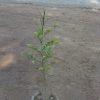

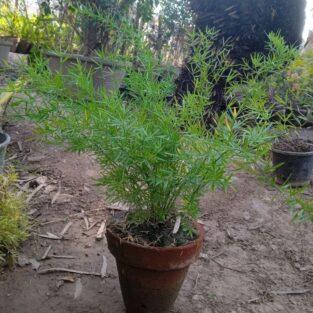
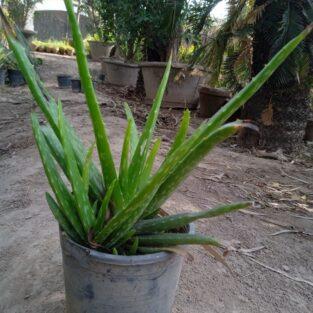
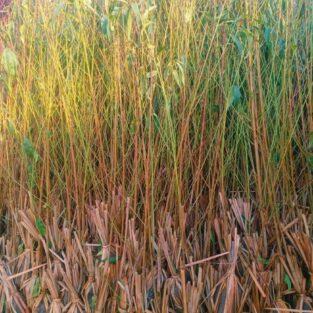
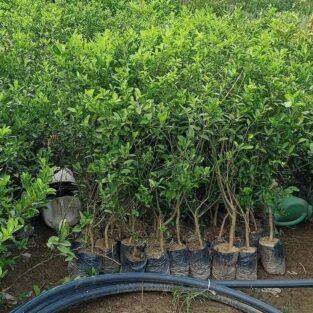
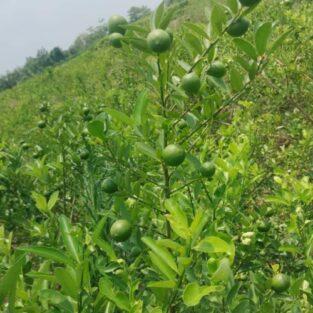
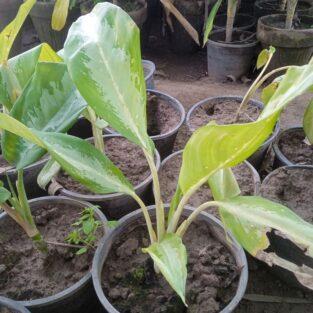
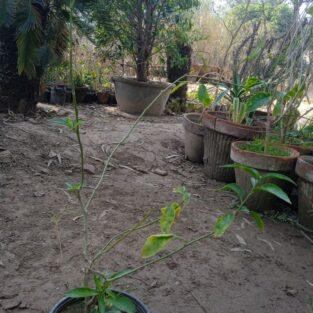
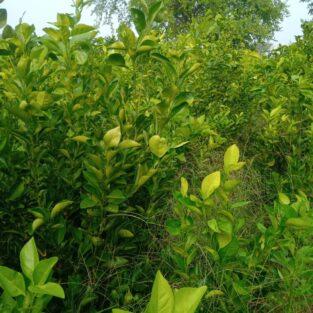
Reviews
There are no reviews yet.